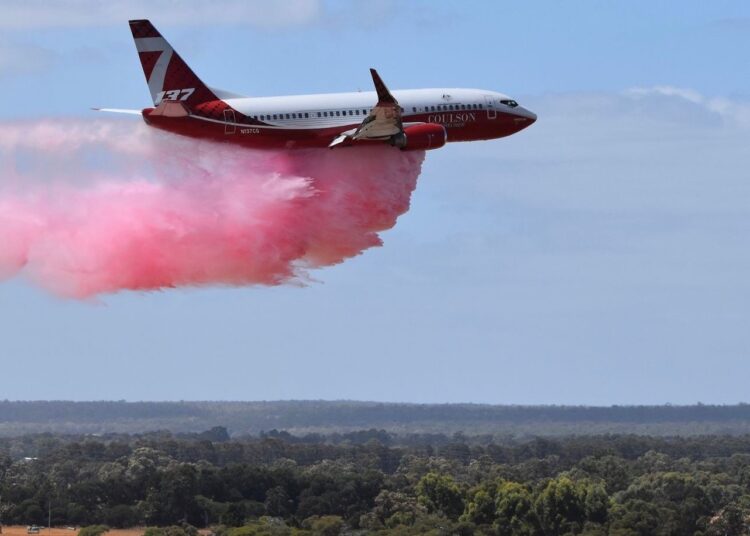Federal and state firefighting agencies announced the inauguration of a new aerial firefighting hub in Casper on Friday, strategically positioned to benefit all of Wyoming as the region braces for an anticipated active fire season.
Enhancing aerial firefighting capabilities from the Casper-Natrona County International Airport base has been a collaborative effort involving the Bureau of Land Management (BLM), the U.S. Forest Service, and Wyoming State Forestry.
The facility specializes in Single Engine Air Tankers (SEATs) and was first established in 2020. Since then, the BLM has been focused on upgrading similar bases nationwide, adapting to what fire experts now characterize as extended fire seasons rather than discrete fire years. Craig Short, the High Plains District's Bureau of Land Management fire management officer, emphasized these changes during the ribbon-cutting ceremony.
"We're witnessing longer seasons and increasingly severe fires that cause significant damage to watersheds, ecosystems, critical species, infrastructure, and threaten communities and livelihoods," Short remarked.
Funded by the Forest Service and the BLM, the new base cost $6.2 million, with $2 million allocated for large air tankers and $4.2 million for other operational needs. Wyoming State Forestry is concurrently developing a helitack base to bolster support for firefighting helicopters.
Mark Haines, chief of the Powder River Fire District in southern Johnson County, highlighted the crucial role of aerial resources in managing fires in their rugged terrain.
"Given that 95% of our coverage area is roadless, these resources are essential for containing fires in mountainous regions until ground crews or engines can be deployed," Haines explained.
At the unveiling ceremony, officials cut a red ribbon held by two new SEATs stationed at Casper's airport. These aircraft can carry up to 800 gallons of fire retardant or water, aiding ground crews in their suppression efforts.
According to the National Interagency Fire Center, the new base also accommodates large air tankers capable of carrying between 2,000 and 4,000 gallons of fire retardant or water, underscoring its critical role in the region's firefighting infrastructure.






